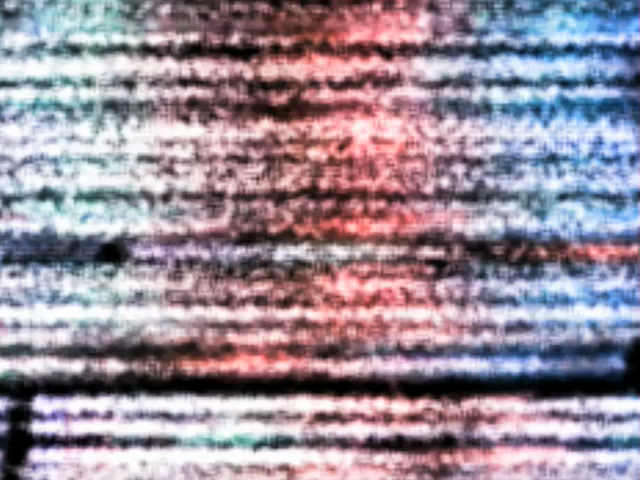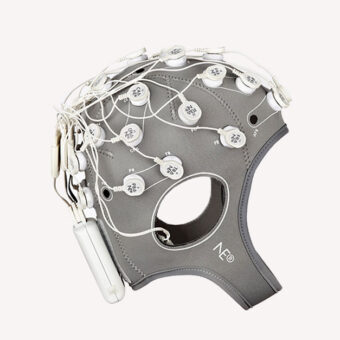EEG is one of the biological potentials with lowest amplitude (typically a few microvolts). It is highly sensitive and is likely to be contaminated by undesired non cerebral potentials coming from biological or external sources. These unwanted signals dirtying your recording are called artifacts. Even though there are more, through this post I will try to present the main artifacts you may find in EEG recordings. In the future I will address how to detect and if possible correct some of them.
Biological Artifacts:
Ocular Artifacts:
Some of the most common artifacts polluting your EEG signal are due to eye and eyelid movements. The closer an electrode is situated to the eyes the more affected it is by ocular artifacts, therefore electrodes situated in frontal areas are especially sensitive to these kind of artifacts. Blinks are especially annoying producing peak-like interferences that can be larger than 100uVs. Eye opening\closure and eyeball movements also contaminate EEG. Luckily there are currently many methods to detect and also to correct ocular artifacts based on EOG recordings.
Cardiogenic Artifacts:
Potentials generated by the heart have much larger amplitude than EEG and can interfere with your recording. In some cases such as obese patients and babies they are more prominent, but usually they can be avoided with the correct placement of the recording device electrical reference. The good thing about cardiogenic artifacts is that they are easily detected by eye, as a rhythmic ECG QRS complex of larger amplitude than measured EEG.
Muscular Artifacts:
Muscular contraction, especially in scalp muscles, is one of the most common noise sources in EEG. Actions such as chewing or clenching the jaw produce EMG (electro-miographic signals) high amplitude interferences superimposed upon your recording.
Movement:
Head and body movements produce irregular voltages that among other effects modify the drift and low frequencies of measured EEG. It is always a good practice to keep the recordings under control asking the subject to stay as still as possible and monitor the head movement through an accelerometer.
External Artifacts:
Environmental Noise:
EEG is affected by electromagnetic interferences, the most relevant one is produced by the power line. The power line noise (at 60Hz in north America or at 50 Hz in the rest of the world) is superimposed upon your measured EEG. It is possible to easily get rid of it using notch or comb filters. Other electronic equipment close to the EEG sensor can also interfere the recording. It is possible to isolate your recording from electromagnetic interferences carrying it out inside a faraday cage. As it is not always possible, a good practice is to switch off unnecessary electronic equipment nearby the EEG sensor and eliminate or be aware of the power line noise interference.
Electrode Physical Contact:
It is always crucial to correctly place the recording electrode and in case you are using an electrolyte gel solution leave the necessary time for it to stabilize. Variations of the physical contact between electrodes and the scalp changes its impedance corrupting your EEG recording. Always check beforehand that every electrode makes good contact and that none of them are loose.



